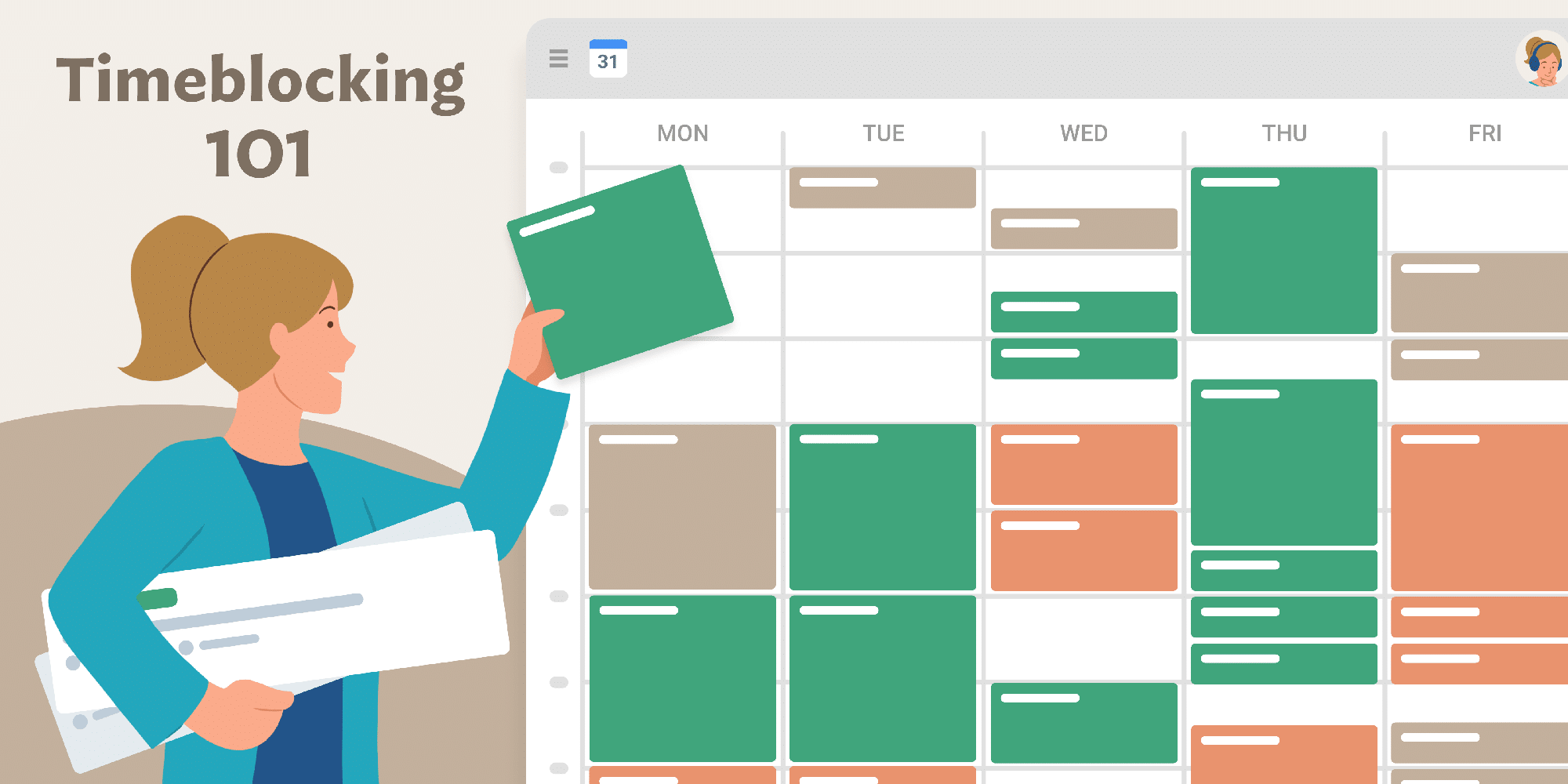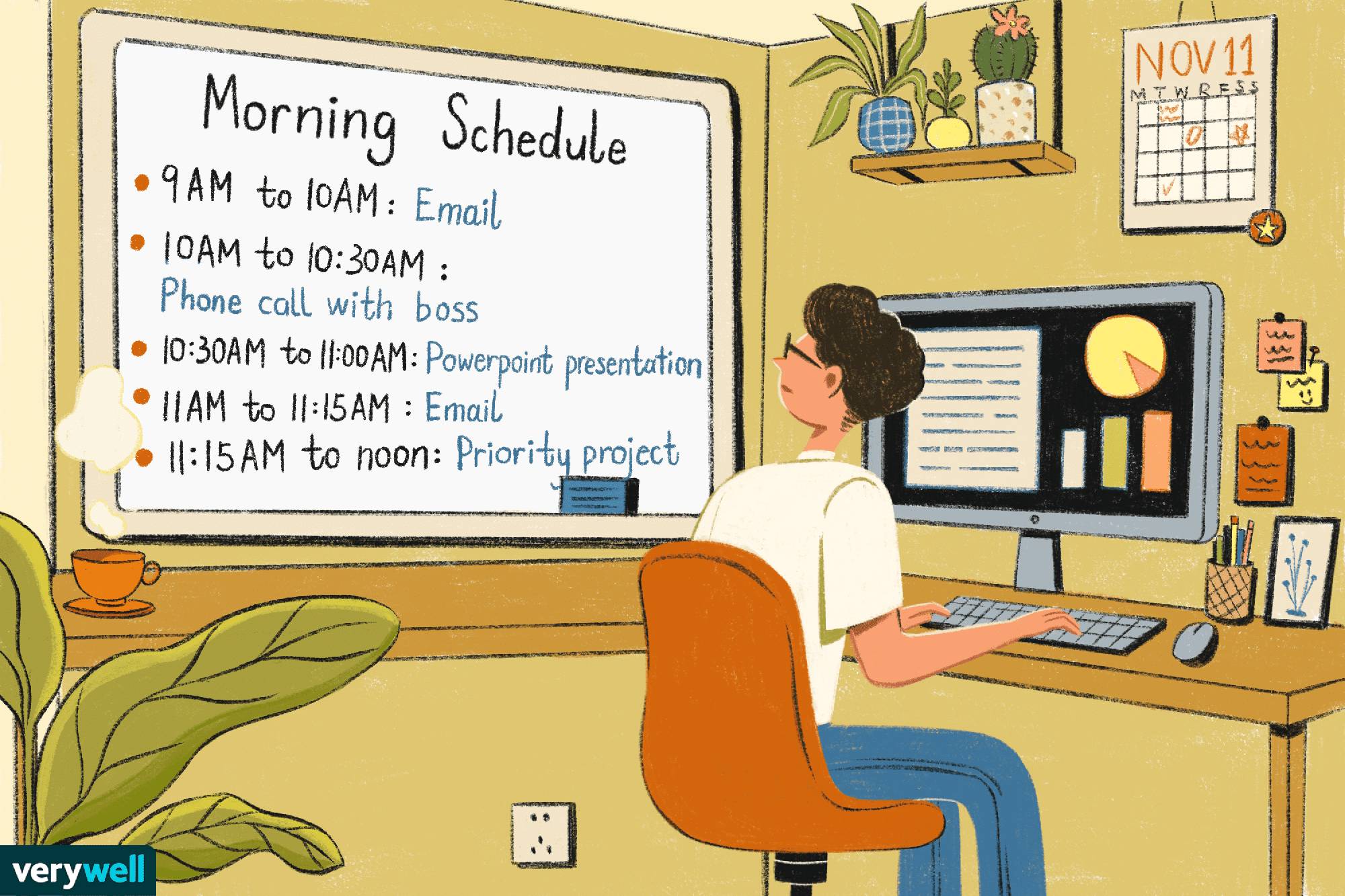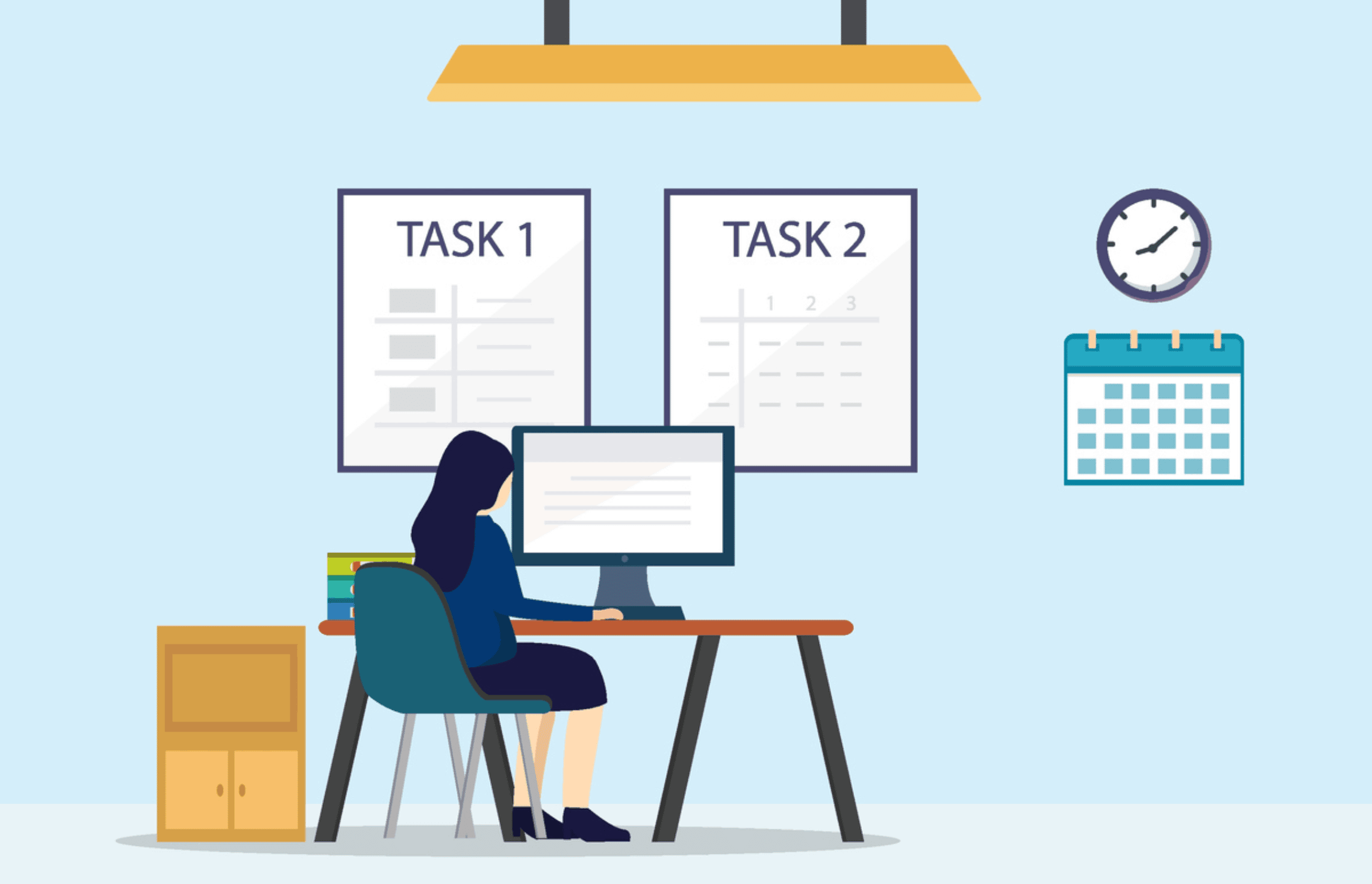Time is a precious resource, and how you spend it can make or break your productivity. In today’s fast-paced world, it’s easy to get distracted and lose focus. That’s why time blocking has become a popular technique for organizing your day and boosting productivity. Time blocking is a simple and effective method of organizing your day into specific time slots for specific tasks. By dedicating a set amount of time to a task, you can eliminate distractions, increase your focus, and achieve your goals more efficiently. In this blog, we’ll explore the power of time blocking and how you can use it to organize your day for maximum productivity.
What is Time Blocking?

Time blocking is a scheduling method that involves breaking down your day into specific time slots for specific tasks. Rather than having an open-ended to-do list, you assign a specific time slot for each task on your list. This helps you focus on one task at a time and avoid multitasking, which can reduce your productivity.
To get started with time blocking, create a schedule for your day and allocate time slots for your tasks. You can use a calendar app, a paper planner, or a spreadsheet to create your schedule. Start with your most important tasks and allocate time slots for them first. Then, add less important tasks to fill in the gaps in your schedule.
The Benefits of Time Blocking

Time blocking has many benefits, including:
- Increased Productivity: Time blocking helps you stay focused on one task at a time, which can increase your productivity. By allocating a specific time slot for each task, you can eliminate distractions and stay on track.
- Better Time Management: Time blocking helps you manage your time more effectively by creating a schedule for your day. This allows you to prioritize your tasks and allocate time slots accordingly.
- Reduced Stress: When you have a schedule for your day, you know what you need to do and when you need to do it. This can reduce stress and help you feel more in control of your day.
- Improved Focus: Time blocking helps you stay focused on one task at a time, which can improve your concentration and reduce the likelihood of errors.
- Increased Accountability: When you have a schedule for your day, you’re more likely to stick to it. This can increase your accountability and help you achieve your goals more effectively.
How to Implement Time Blocking

Here are some steps you can follow to implement time blocking:
- Identify Your Tasks: Start by making a list of all the tasks you need to complete for the day. Include both work-related and personal tasks.
- Prioritize Your Tasks: Once you have a list of your tasks, prioritize them based on importance and urgency. This will help you allocate time slots for your most important tasks first.
- Allocate Time Slots: Assign a specific time slot for each task on your list. Be realistic about how much time you need for each task, and don’t forget to include breaks.
- Stick to Your Schedule: Once you have a schedule for your day, stick to it as much as possible. If you find yourself getting off track, re-evaluate your schedule and make adjustments as necessary.
- Review Your Schedule: At the end of each day, review your schedule and assess how well you stuck to it. Make any necessary adjustments for the next day.
Tips for Effective Time Blocking

Here are some tips for effective time blocking:
- Be Realistic: When allocating time slots for your tasks, be realistic about how much time you need. Don’t try to cram too many tasks into one time slot, or you’ll end up feeling overwhelmed and stressed.
- Include Breaks: Don’t forget to include breaks in your schedule. Taking regular breaks can help you recharge and improve your productivity.
- Use a Tool: Consider using a tool to help you with time blocking. There are many apps and software available that can help you create and manage your schedule.
- Be Flexible: While time blocking can be a great way to stay on track, it’s important to be flexible. Unexpected things can happen, and you may need to adjust your schedule accordingly.
- Batch Similar Tasks: Group similar tasks together and complete them during the same time slot. This can help you stay focused and minimize the time it takes to switch between different types of tasks.
- Limit Distractions: To make the most of your time blocking schedule, it’s important to limit distractions. Turn off notifications on your phone and avoid checking your email or social media during your scheduled time slots.
Schedule for Your Energy Levels: Everyone has different energy levels throughout the day. Schedule your most important tasks for when you have the most energy and save less important tasks for when your energy levels are lower.
Examples of Time blocking

Here are some examples of how you can use time blocking to organize your day:
- Morning Routine: Allocate a specific time slot for your morning routine, including exercise, breakfast, and getting ready for the day.
- Work Tasks: Allocate specific time slots for work-related tasks, including checking and responding to emails, meetings, and project work.
- Personal Tasks: Allocate specific time slots for personal tasks, including errands, household chores, and spending time with family or friends.
- Self-Care: Allocate specific time slots for self-care activities, including exercise, meditation, and relaxation.
Conclusion
Time blocking is a powerful technique for organizing your day and boosting productivity. By allocating specific time slots for your tasks, you can eliminate distractions, improve focus, and manage your time more effectively. Whether you’re a student, a professional, or a busy parent, time blocking can help you achieve your goals and make the most of your time. With the tips and examples provided in this blog, you can start implementing time blocking today and enjoy the benefits of a more organized and productive day.

